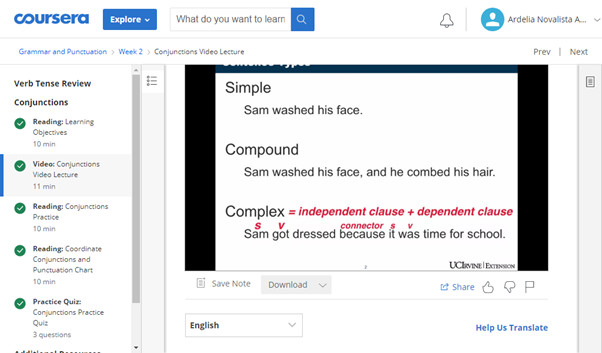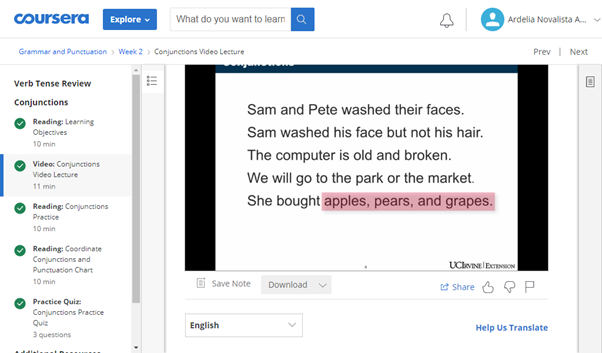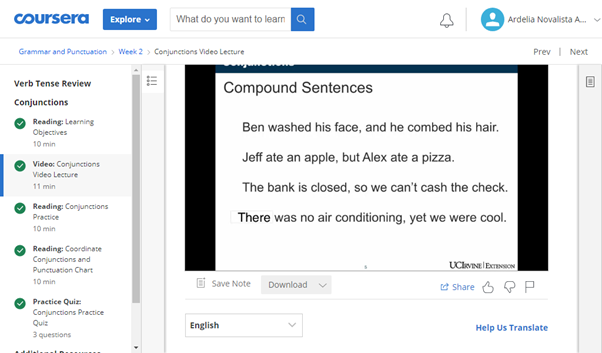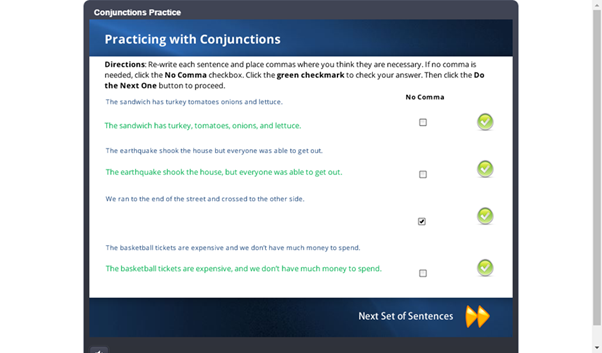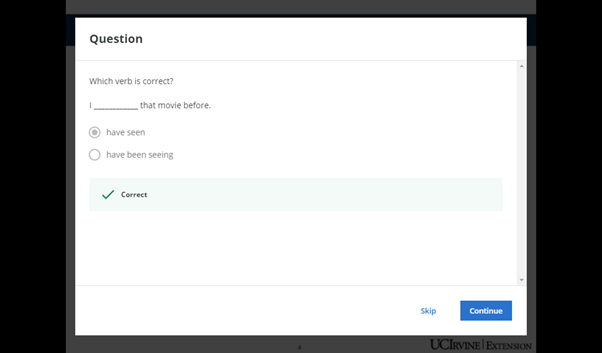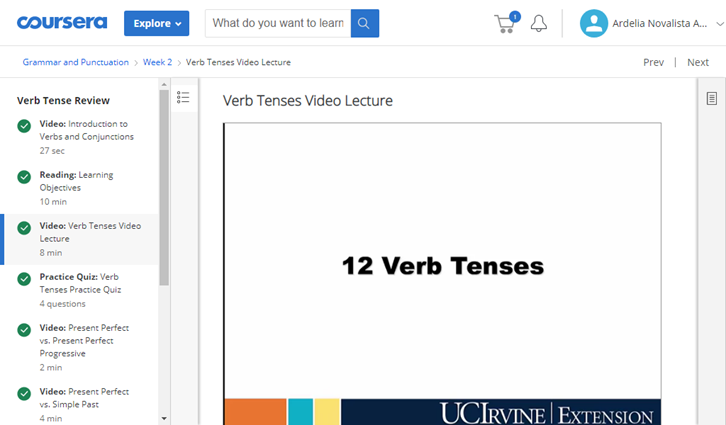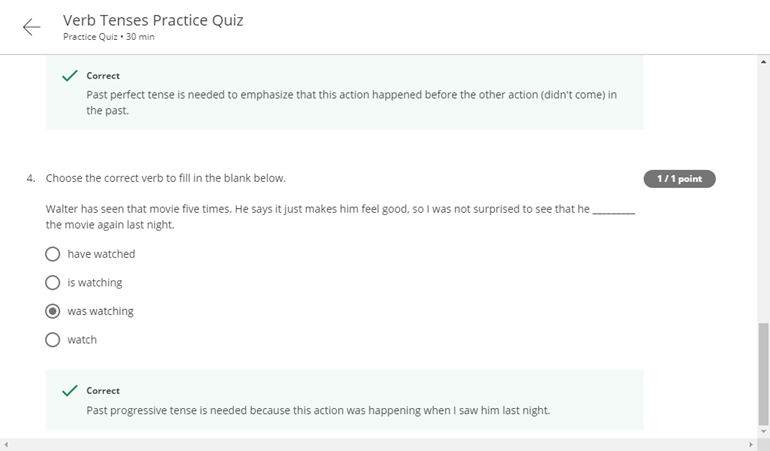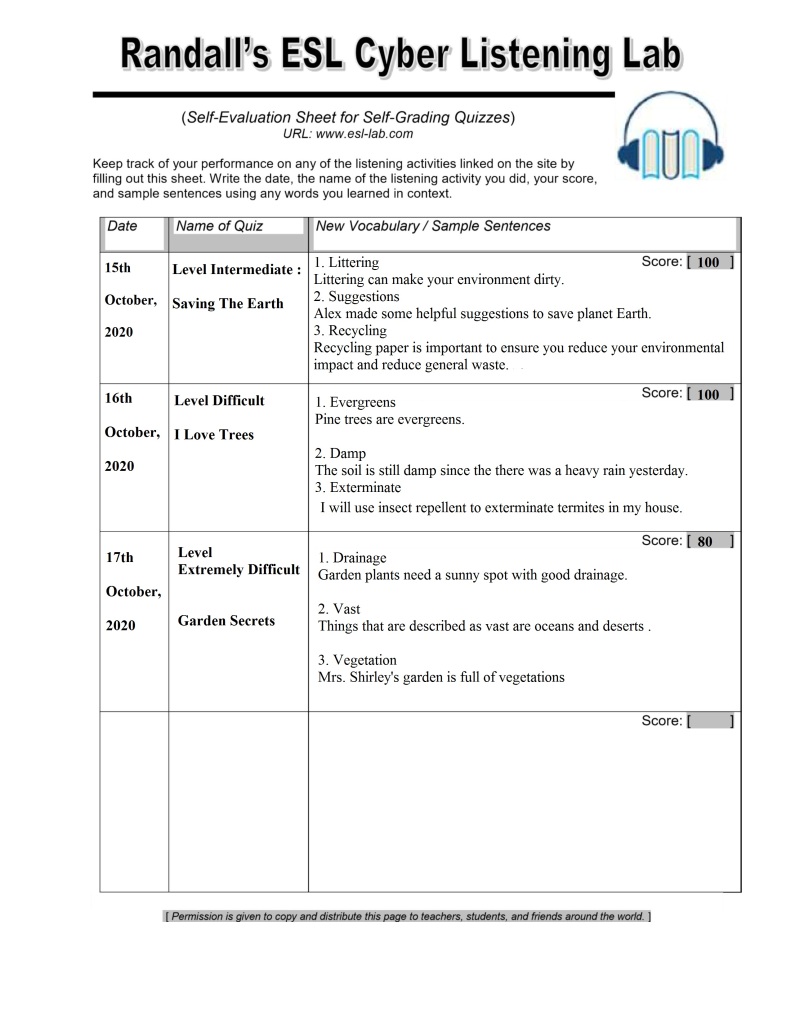Definition of Tourism
Tourism is travel for pleasure or business; also the theory and practice of touring, the business of attracting, accommodating, and entertaining tourists, and the business of operating tours.
DIFFERENT TYPES OF TOURISTS
In the hospitality industry, you will be introduced to a lot of different people. As tourists, they become your customers. Certain businesses cater for certain types of tourists.
Incentive tourists:
This group includes people who didn’t initially plan on
visiting your destination For example, a worker has accomplished his sales
target and he is rewarded with a dinner for two. Since they had no intention of
coming to you, they won’t particularly have a set expectation. This is a good
opportunity to wow a customer. These people view this rewards as inspiration to
work harder, and therefore it could be a good idea to build customer loyalty by
adding a personal sentiment to their experience. Example: a bottle of wine with
a personalized congratulations message.
Business tourists:
These people travel purely for business reasons. If you
manage an accommodation service and you want to lure business travelers,
providing them with conference rooms is probably the best way. Bring their work
place to where they are staying rather than being dependent on meeting
facilities near you to bring in customers. When you have facilities available,
offer them everything they may need. Water and juice in the room, lunch at a
specific time and any other service they might require. These people are not
specifically there to enjoy luxury but they don’t want to struggle while they
are busy working. Try and provide as much as possible, especially transport and
internet services.
Leisure tourists:
This group is on holiday purely for relaxation and luxury.
When accommodating some of these travelers, it would be a golden opportunity to
up sell all the services your business provides. If you don’t have a spa or
relaxation facilities, be sure to equip these visitors with enough information
of where they can find them. Don’t fuss around these customers, but be sure to
provide them with everything they might need. It would be good to offer them
something extra, for example, drinks served by the pool.
Sport or recreation tourist:
These tourists either take part in sports or they are there
to watch sports. When you are aware of a sports event near you and the
customers have informed you that they will be attending, it could be a good
opportunity to provide some extra services. They might be returning at a late
hour or leaving early in the morning. Ask them if they have any special
preferences, for example food at a certain time. Also try to take part in their
experience by wishing them luck or saying you hope they enjoy the event.
Special Interest Tourist
This group is visiting because of a certain passion. It will be good to stay informed about events near your destination and interests in your location. For example, people who are staying at your lodge during a bird watching trip. This tourist type often plans their travelling very well, so you might be informed about their activities before they arrive. Always accommodate their arrival time and the reason they are visiting. As with sport tourists, you can take part in their trip by asking about their experience.
TOURISM ACCOMODATIONS
Tourist Accommodation means the business of marketing or providing accommodation or lodging to paying guests, and includes hotel businesses, hostels, pensions, bed and breakfasts, campgrounds, recreational vehicle parks, and vacation rentals.
Accommodation is one of the basic needs for any tourism activity. Travelers and tourists need lodging for rest, while they are on a tour. Accommodation in the form of low budget lodges/hotels to world class luxury hotels is available at all the major tourist destinations to provide the tourist a home away from home. These are establishments that provide a place for the tourist to stay i.e. lodging facilities which are paid for the duration of the stay by the tourist. There are various types of accommodation which are being used by tourists regularly. Travel agents and tour operators generally include one of the following types of accommodation in the itinerary.
Hotel:
Hotels are a vital and essential part of the tourism industry. Today, hotels not only provide accommodation and meals but also offer a variety of other services as per the needs of the tourist/guest. For example, many hotels offer a health club, crèche, etc. as per the changing needs of the customer.
International or Star Category Hotel:
They are the modern western style hotels, found mostly in metro cities and at major tourist destinations and that are located at prime locations in the city. These hotels are classified on the internationally accepted star grading which ranges from five stars to one star. The grading is given to the hotel depending on the facilities and services which the hotel provides. The facilities which are provided by the five star are an information desk, conference centre, travel desk, multi cuisine restaurants, banquet halls, room service, swimming pool, gymnasium, health clubs, shopping arcades, beauty parlours, entertainment or cultural programmes, etc.
Motels
They are located on highways and expressways. The tourists who are on transient mode and cost conscious prefer to stay in these kinds of accommodation. These motels not only provide parking space but also certain amenities such as television, restaurants swimming pool, etc.
Non Star or commercial Hotels
These hotels are located mostly near the business or commercial centres and mainly serve the business tourists, middle income tourists and their repeat customers. Most of these hotels are equipped with parking space, restaurants, and facilities for their business clients/guests such as convention centers and meeting rooms.
Floating Hotels:
These types of hotels are located on the surface of the water which may be the sea, river, or lake water. These hotels have facilities which are similar to a regular hotel. Examples: House boats of Kashmir and Kerala or old cruise liners which have been converted into a hotel. Picture: Houseboats of Kashmir, A houseboat on Lake Union in Seattle, Washington, USA ,Houseboat in Alleppey, Kerala located on the backwaters
Capsule Hotels
These were first opened in Osaka, Japan in 1979. These hotels serve mostly the business tourists. The rooms in the capsule are lined similar to that of a ‘double-decker’, or sleeping compartment of a AC 2 tier train. Common washrooms, vending machines, and a lounge area are located on each floor. Facilities such as a bed, a television, flexible lighting, a box for valuables, etc. are provided in each capsule rooms.
Heritage Hotels
These are the old properties like castles, forts, palaces, and havelis belonging to royalty which have been renovated and converted into hotels. Here, tourists enjoy the majestic grandeur and splendor of the olden days.
Resorts
These cater to the tourists who look for rest, relaxation and recreation. They are located mostly at the sea side, hill stations, wild life sanctuaries, etc. Apart from facilities provided by hotels, resorts provide additional facilities to guest for recreation and relaxation which includes indoor and out door games, gambling, spa, etc.
Source :
https://en.wikipedia.org/wiki/Tourism
https://travellingmysteryguest.wordpress.com/2017/02/24/different-types-of-tourists/
https://www.whistler.ca/business/land-use-and-development/planning/policies-and-regulations/tourist-accommodation/what-is-tourist-accomodation
http://oer.nios.ac.in/wiki/index.php/Tourist_Accommodation





